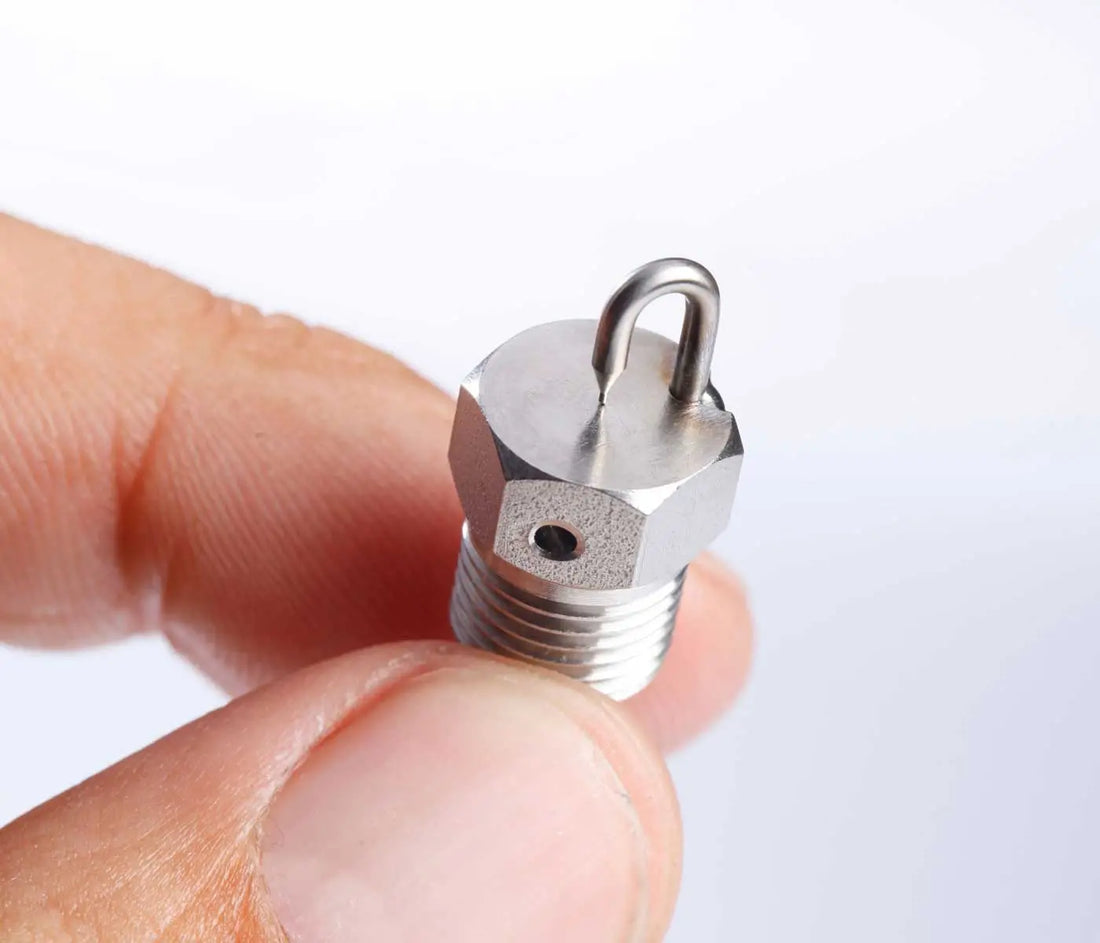
Choosing the Right Industrial Sprayer: A Comprehensive Guide
Share
Choosing the right industrial sprayer is essential to ensure efficiency, effectiveness, and safety in your operations. Whether you're working on a large-scale project or a more intricate task, understanding key factors such as application type, volume requirements, and chemical compatibility will help you make an informed decision. Check out this detailed guide to help you choose the perfect industrial sprayer:
Steps to Choosing the Right Industrial Sprayer:
1. Determine the Application Type
Type of Spray Pattern:
- Airless Sprayers: Ideal for high-pressure and high-volume tasks, such as painting large surfaces or applying thick coatings. They deliver a smooth finish and are highly efficient for extensive projects.
- Air-Assisted Airless Sprayers: These sprayers combine the efficiency of airless technology with the precision of air atomization. They are perfect for achieving high-quality finishes with both high and low viscosity materials.
- HVLP (High Volume Low Pressure) Sprayers: Best suited for detailed work and fine finishes, HVLP sprayers offer excellent control and minimal overspray. They are ideal for small to medium-sized projects.
- Electrostatic Sprayers: Utilizing an electrostatic charge, these sprayers attract paint to surfaces, reducing overspray and enhancing coverage. They are particularly effective for large, complex surfaces like machinery or automotive parts.
Type of Surface:
- Flat Surfaces: For even coverage on flat surfaces, airless or HVLP sprayers are typically preferred.
- Complex or Irregular Surfaces: For reaching all areas and achieving uniform coating on complex surfaces, consider using electrostatic or air-assisted airless sprayers.
2. Assess the Volume Requirements
Small to Medium Volume:
- Portable Handheld Sprayers: Perfect for small-scale applications and tight spaces. They are user-friendly and easy to clean.
- Small Airless Sprayers: Suitable for medium-sized projects requiring high pressure but not extensive volume.
Large Volume:
- High-Capacity Airless Sprayers: Designed for large-scale projects with high throughput, such as commercial painting or industrial coating.
- Continuous Feed Sprayers: Ideal for very large volumes, these systems provide a constant supply of material for uninterrupted application.
3. Consider Chemical Compatibility
Type of Chemicals:
- Solvent-Based Chemicals: Ensure the sprayer is compatible with solvents and has seals and components that resist chemical damage.
- Water-Based Chemicals: Most sprayers handle water-based chemicals, but confirm compatibility with your specific formulation.
Corrosiveness and Abrasiveness:
- Corrosive Chemicals: Opt for sprayers made from stainless steel or other resistant materials to prevent damage from acidic or alkaline substances.
- Abrasive Chemicals: Choose sprayers with hardened components or special liners to endure the wear and tear from abrasive materials.
Evaluate Features and Ergonomics
Ease of Use:
- Adjustable Pressure Control: Allows for better control over spray patterns and flow rates, crucial for various applications.
- Ergonomic Design: Look for sprayers that are comfortable to handle, especially for extended use.
Maintenance and Cleaning:
- Ease of Cleaning: Select sprayers that are easy to disassemble and clean to maintain efficiency and extend the equipment's life.
- Replacement Parts Availability: Ensure spare parts and accessories are readily available for future maintenance.
Budget and Cost Efficiency
Initial Cost vs. Long-Term Investment:
- Budget-Friendly Options: Smaller, less expensive sprayers might be sufficient for occasional use or small projects.
- High-Quality Options: Investing in higher-quality sprayers is wise for frequent use or critical applications to ensure durability and performance.
Cost of Consumables and Maintenance:
- Consumables: Consider the cost of replacement parts, tips, and nozzles.
- Maintenance Costs: Evaluate the long-term maintenance needs and associated costs to keep the sprayer in optimal condition.
Safety Considerations
Protective Equipment:
- Personal Protective Equipment (PPE): Ensure appropriate PPE, such as masks, gloves, and goggles, is used based on the chemicals and sprayer type.
Ventilation and Environmental Controls:
- Proper Ventilation: Ensure the area where the sprayer is used is well-ventilated, especially when dealing with volatile or toxic chemicals.
By considering key factors, you can select the perfect industrial sprayer, making sure it operates efficiently and effectively for your unique needs.
